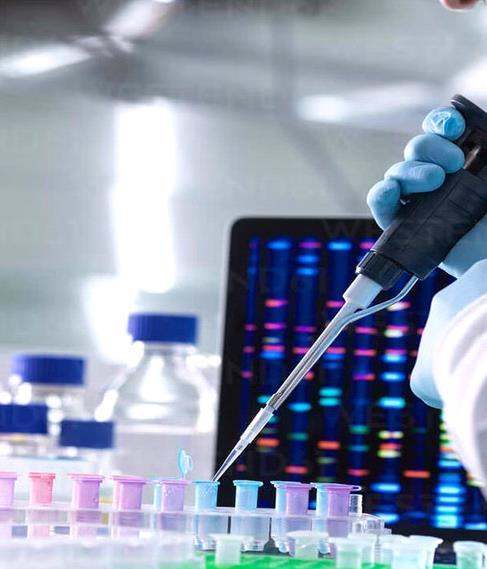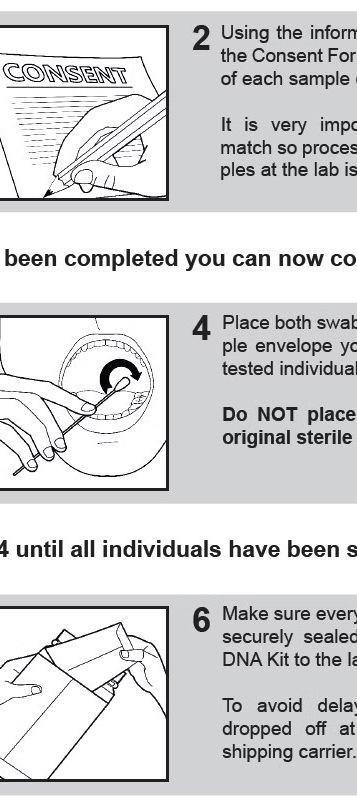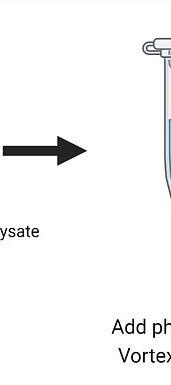Introduction to DNA Preparation

DNA preparation is a critical step in numerous molecular biology and genomics applications. This introductory section provides an overview of the key processes involved in extracting, purifying, and quantifying DNA samples from various sources.
by Blue Heron Bio

Importance of DNA Extraction
Genetic Analysis
High-quality DNA is essential for techniques like PCR, sequencing, and genotyping to study genetic variations and mutations.

Forensics

DNA profiling is a powerful forensic tool used to identify individuals from biological samples.

Diagnostic Applications
Purified DNA enables the detection of infectious agents, genetic disorders, and cancer biomarkers.

DNA Extraction Methods

Enzymatic Lysis
Uses enzymes like proteinase K to break down cell membranes and release DNA.
Organic Extraction
Utilizes phenol-chloroform to separate DNA from proteins and other cellular components.
Magnetic Bead Capture
Binds DNA to magnetic beads for efficient purification and isolation.

Sample Collection and Preparation



Sample Selection
Determine the appropriate biological source, such as blood, saliva, or tissue.
Sample Preservation
Ensure proper storage and handling to prevent DNA degradation.

Sample Lysis
Break down the sample to release cellular contents and expose the DNA.
1 2 3

DNA Quantification and Quality Assessment

Spectrophotometry
Measuresthe absorbance of DNAsamplesto determine concentration and purity.



Fluorometry
Uses fluorescent dyes to quantify DNA with greater sensitivity and specificity.
Gel Electrophoresis
Visualizes DNA size and integrity by separating figments based on their molecular weight.
1 2 3
Downstream Applications of Purified DNA



PCR Amplify specific DNA sequences for analysis. Sequencing
Determine the precise order of nucleotides in a DNA molecule.

Cloning
Produce multiple copies of a specific DNA fragment.

Gene Expression
Analyze the expression levels of genes in a sample.

Troubleshooting and Optimization



Inhibitor Removal
Ensure complete elimination of PCR inhibitors like salts, proteins, and polysaccharides.
Yield Improvement
Optimize lysis and purification steps to maximize DNA recovery from samples.

Quality Enhancement
Adjust protocols to obtain DNA with high purity and integrity for downstream analysis.
1 2 3
Conclusion and Key Takeaways
Efficient DNA Extraction

Careful Sample Handling
Comprehensive Quality Control
Continuous Optimization
Critical for a wide range of molecular biology and genomics applications
Ensures DNA integrity and minimizes degradation or contamination
Quantification and assessment of purity are essential before further analysis
Troubleshooting and protocol refinement can improve DNA preparation outcomes

















